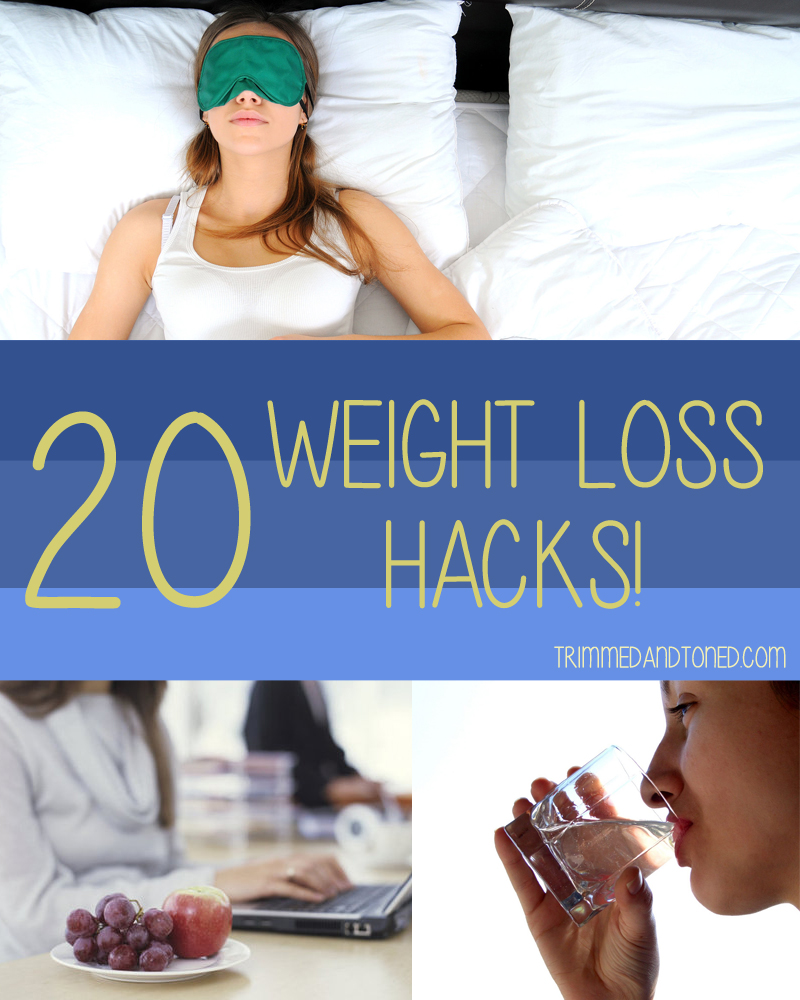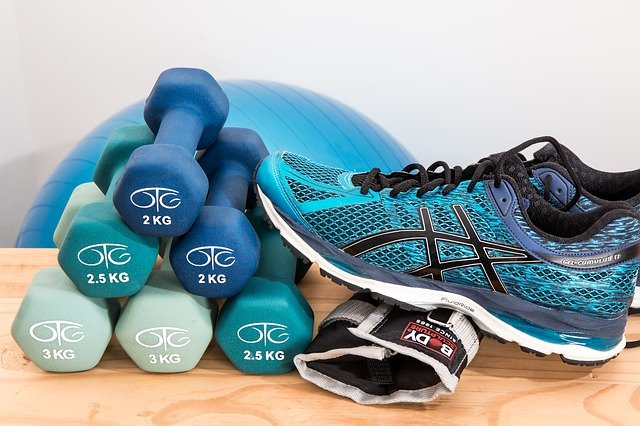
Strength training is something you might be new to if you haven't done it before. While the gym has all the equipment you need, you don't have to rent expensive equipment to get started. All you need to get started is a few dumbbells. These are some tips for home strength training. You can begin your strength training immediately after you have set up your home gym.
First, get a bench or table with a high back. You can also use empty bottles. They can be filled with water, dirt or sand. The bottles will bounce back from the bottom. You can wall-sit on a blank wall. This exercise strengthens your quads and core. It's also a great way to get your blood flowing, even if you're not at a gym.

Next, decide how heavy you want to lift. People find strength training at home easier because they can do it anywhere. They can work out in a single place or take part in a strength-training program at home. You can use whatever equipment you have lying around, but you'll need a comfortable space and room for movement. For home-based strength training, canned goods, sandbags, water bottles and other items can be used.
Before you start your home strength-training session, warm up. Jump rope, walking in the place, and jumping rope are all good options to warm up. Once you're ready to start lifting, make sure you follow the instructor's form. If you're unsure of your form, you can pause the video and try it again a little slower. If you don't feel confident, you can always do your strength-training exercise in front of a mirror.
Strength training at home offers many benefits. This is a great way for beginners to build their technique and confidence. Experiential gym-goers can train in the privacy of their homes and reenergize. You can build your confidence while also improving your technique and form. These exercises can be performed at home using a strength training app.

You can easily start strength-training at home without buying a gym membership. You don't have to purchase expensive equipment to get strength training. A few things that you can buy at home include an adjustable barbell, dumbbells, and a fit ball. You should not only focus on the movement but also on each individual part of your body. The more parts of your body are involved in a workout, the more effective it will be.
FAQ
Which are the top 10 foods you should eat?
These are the 10 best foods to try:
-
Avocados
-
Berries
-
Broccoli
-
Cauliflower
-
Eggs
-
Fish
-
Grains
-
Nuts
-
Oats
-
Salmon
What is the problem?
BMI stands to Body Mass Index. It is a measurement of body weight based on height. Here is how to calculate BMI using the following formula.
Divide the weight in kilograms by the height in meters squared.
The result is expressed in a number between 0 - 25. A score of 18.5 or higher indicates overweight, while a score of 23 or higher indicates obesity.
A person of 100 kg with a height of 1.75m will have 22 BMI.
Which diet is best for me?
There are many factors that influence the best diet, including your gender, age, weight, health condition, lifestyle, and personal preferences. You should also consider how much energy your exercise consumes, whether you like low-calorie or high-calorie foods, and what you enjoy in terms of eating fruits and veggies.
Intermittent Fasting is an alternative to traditional fasting if you are looking to lose weight. Intermittent fasting involves consuming only specific meals throughout the day, rather than having three large meals. This method may work better than traditional diets which include daily calorie counts.
Intermittent fasting is believed to increase insulin sensitivity. It may also reduce inflammation. This may lead to a decrease in diabetes risk and blood sugar levels. Research suggests that intermittent fasting can promote fat loss and improve overall body composition.
How can my blood pressure be controlled?
Find out the causes of high blood pressure first. Then you need to take steps to reduce this cause. This could be as simple as eating less salt, losing weight, taking medications, etc.
Exercise is also important. If you don't have time for regular exercise, then try walking as often as possible.
If you're unhappy with the amount of exercise you do, you might consider joining a fitness club. You will probably join a gym where you can meet other people with similar goals. It's easier to stick to an exercise routine when you know someone else is going to see you at the gym.
What's the difference between fat or sugar?
Fat can be a source of energy that is obtained from food. Sugar is naturally found in fruits and veggies. Both fats and sugars provide the same number of calories. But, fats have more calories than sugars.
The body stores fats and they can lead to obesity. They can cause cholesterol buildup, which can lead you to heart attacks and strokes.
Sugars can be quickly absorbed by your body and give you instant energy. This causes blood glucose to rise. High blood glucose levels are dangerous as it can increase the likelihood of developing type 2 diabetes.
How much should I weigh for my height and age? BMI chart & calculator
A body mass index calculator (BMI) is the best way to find out how much weight you should lose. The healthy BMI range for a healthy person is 18.5 to 24.9. Weight loss is possible if you aim to lose approximately 10 pounds per week. Enter your weight and height into the BMI calculator.
Check out this BMI chart to determine if you are overweight or obese.
Do I need to count calories?
You might wonder, "What's the best diet for me?" or "is counting calories necessary?" The answer is dependent on several factors like your current health status, personal goals, your lifestyle, and your preferences.
The Best Diet for me - Which One Is Right for You?
My personal health, goals and preferences as well as my lifestyle determine which diet is best for me. There are many different diets, some good and some not so good. Some work well for certain people while others don't. So what should I do? How do I make the right decision?
This article aims at answering these questions. It starts with a brief introduction of the different types of diets available today. After that, you will learn about the pros and disadvantages of each type. The final step is to determine which one is right for you.
To begin, let's take a quick look at the different types of diets.
Diet Types
There are three main types, low fat, high protein, or ketogenic diets. Let's talk about them briefly.
Low Fat Diets
A low-fat diet is one that limits the intake of fats. This is accomplished by decreasing the intake of saturated fats such as butter and cream cheese. You can replace them with unsaturated oils (olive oil and avocados) For those looking to lose weight quickly, a low-fat diet is often recommended. This kind of diet could cause problems like constipation or heartburn and indigestion. It can also lead to vitamin deficiencies, if someone doesn't get enough vitamins in their food.
High Protein Diets
High protein diets restrict carbohydrates in favor of proteins. These diets usually have higher amounts of protein than other diets. These diets are meant to increase muscle mass, and burn more calories. The downside is that they may not provide adequate nutrition for someone who needs to eat regularly. They may also be too restrictive and not suitable for everyone.
Ketogenic Diets
Ketogenic diets also go by the name keto diets. They are high on fat but low in carbs and proteins. These are often used by bodybuilders and athletes because they allow them the ability to train harder and for longer periods of time without feeling tired. But, they require strict adherence to avoid negative side effects like nausea, headaches, and fatigue.
Statistics
- WHO recommends reducing saturated fats to less than 10% of total energy intake; reducing trans-fats to less than 1% of total energy intake; and replacing both saturated fats and trans-fats to unsaturated fats. (who.int)
- According to the Physical Activity Guidelines for Americans, we should strive for at least 150 minutes of moderate intensity activity each week (54Trusted Source Smoking, harmful use of drugs, and alcohol abuse can all seriously negatively affect your health. (healthline.com)
- Extra virgin olive oil may benefit heart health, as people who consume it have a lower risk for dying from heart attacks and strokes according to some evidence (57Trusted Source (healthline.com)
- WHO recommends consuming less than 5% of total energy intake for additional health benefits. (who.int)
External Links
How To
What does the meaning of "vitamin?"
Vitamins can be described as organic compounds found in food. Vitamins are essential for our bodies to absorb nutrients from the foods we eat. Vitamins cannot come from the body so food must provide them.
There are two types vitamins: water soluble or fat soluble. Water soluble vitamins dissolve easily in water. Vitamin C,B1(thiamine), B2 (2riboflavin), and B3 (3niacin), as well as vitamin C,B1, B2 (riboflavin), and B3 (niacin), vitamin B6 (pyridoxine), vitamin folic acid (biotin), pantothenic, and choline are examples. The liver and fatty tissues are home to fat-soluble vitamins. You can find vitamin D, E K, A, beta carotene, and other fat-soluble vitamins.
Vitamins are classified based on their biological activity. There are eight major groups of vitamins:
-
A - vital for healthy growth.
-
C - essential for nerve function and energy generation.
-
D - Vital for healthy bones and teeth
-
E - Required for good vision & reproduction
-
K - required for healthy muscles and nerves.
-
P - vital for building strong bones andteeth.
-
Q - Aids in digestion and absorption.
-
R - Red blood cells are made from red blood cells.
The recommended daily allowance (RDA), for vitamins, varies depending upon age, gender, or physical condition. The U.S. Food and Drug Administration, (FDA), sets the RDA value.
For adults over 19, the RDA for vitaminA is 400 micrograms per daily. Pregnant mothers need 600 micrograms per days because it is vital for the development and growth of their baby. Children ages 1-8 require 900 micrograms per day. Children under 1 year old require 700 micrograms daily, while infants over one year old need 500 micrograms every day. This decreases between 9 and 12 months.
Children aged 1-18 years need 800 micrograms daily, while children overweight require 1000 micrograms per days. Children who are severely obese or underweight will need 1200 micrograms each day.
Children between 4 and 8 years old with anemia will need 2200 micrograms daily of vitamin C.
Adults over 50 years of age need 2000 micrograms per day for general health. Women who are pregnant or breastfeeding need 3000 micrograms per day due to increased nutrient requirements.
Adults over 70 require 1500 micrograms each day, since they lose around 10% of their muscle mass every decade.
Women who are pregnant and lactating need more nutrients than the RDA. Pregnant mothers need 4000 micrograms per daily during pregnancy and 2500 after giving birth. Breastfeeding moms need 5000 micrograms each day when breastmilk production occurs.